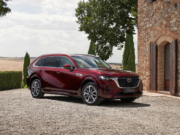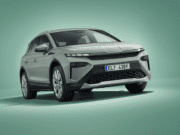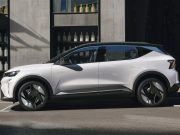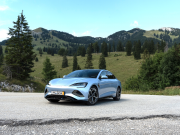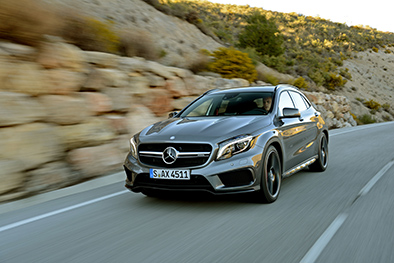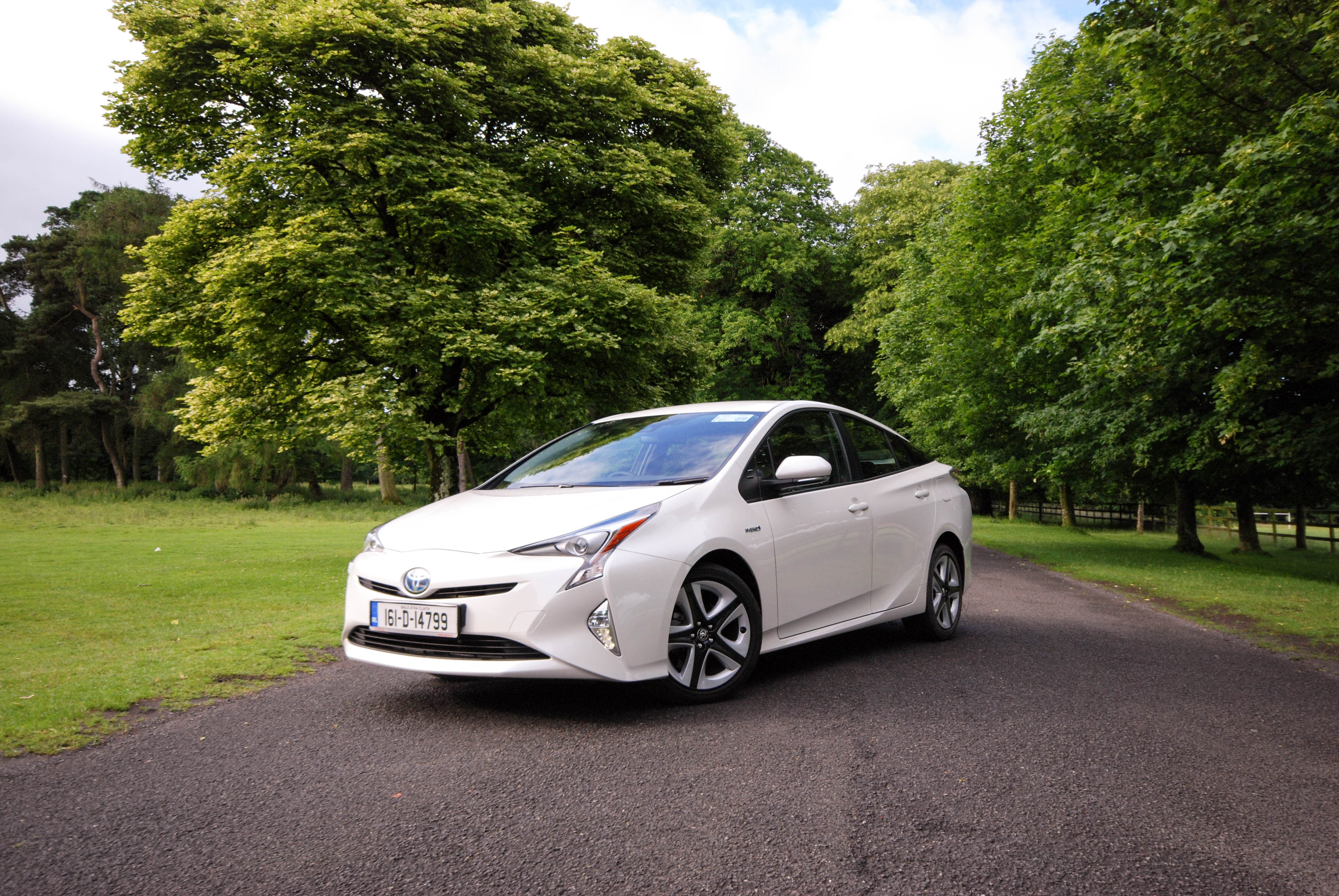
Deservedly or not the original Toyota Prius held little respect among genuine car enthusiasts; it’s drivers even less so. The issue was never with the engineering of the first generation version but rather it was the image which they portrayed. Taxi drivers’ aside, it seemed as if the only people who bought a Prius were the kind of people who liked to cycle to work. Not for the health benefits or to beat traffic, it was more likely a decision led by their greater social conscience; to be seen to be ‘green’ if you like. I’m talking about those who used bicycle clips and carried a reusable bag with them at all times. They more than likely shopped in charity stores and their furniture came from car boot sales. I reckon 90% were probably vegetarian. Basically we are talking hippies, but not in the slightly promiscuous “make love not war” sense. Hybrid power was not a very ‘sexy’ term in the year 1997.
However, we’re 16 years into this new century now and a lot has changed since the first Prius was introduced. It seems like everyone has a bicycle now. And these days it’s all paleo this and vegan that; so no one even bats an eyelid if you’re a vegetarian. Every household has a kitchen drawer dedicated to ‘bags for life’, while “pre-loved” clothes and furniture are multimillion euro industries. The world has certainly changed since Toyota introduced the first generation Prius. However, the big question remains, what’s the Prius of two thousand and sixteen like? Seen as all those perceived traits of the stereotypical 1st gen Prius driver are very much ‘en-vogue’, could it be that this new Toyota Prius is now one of the coolest cars on the market?
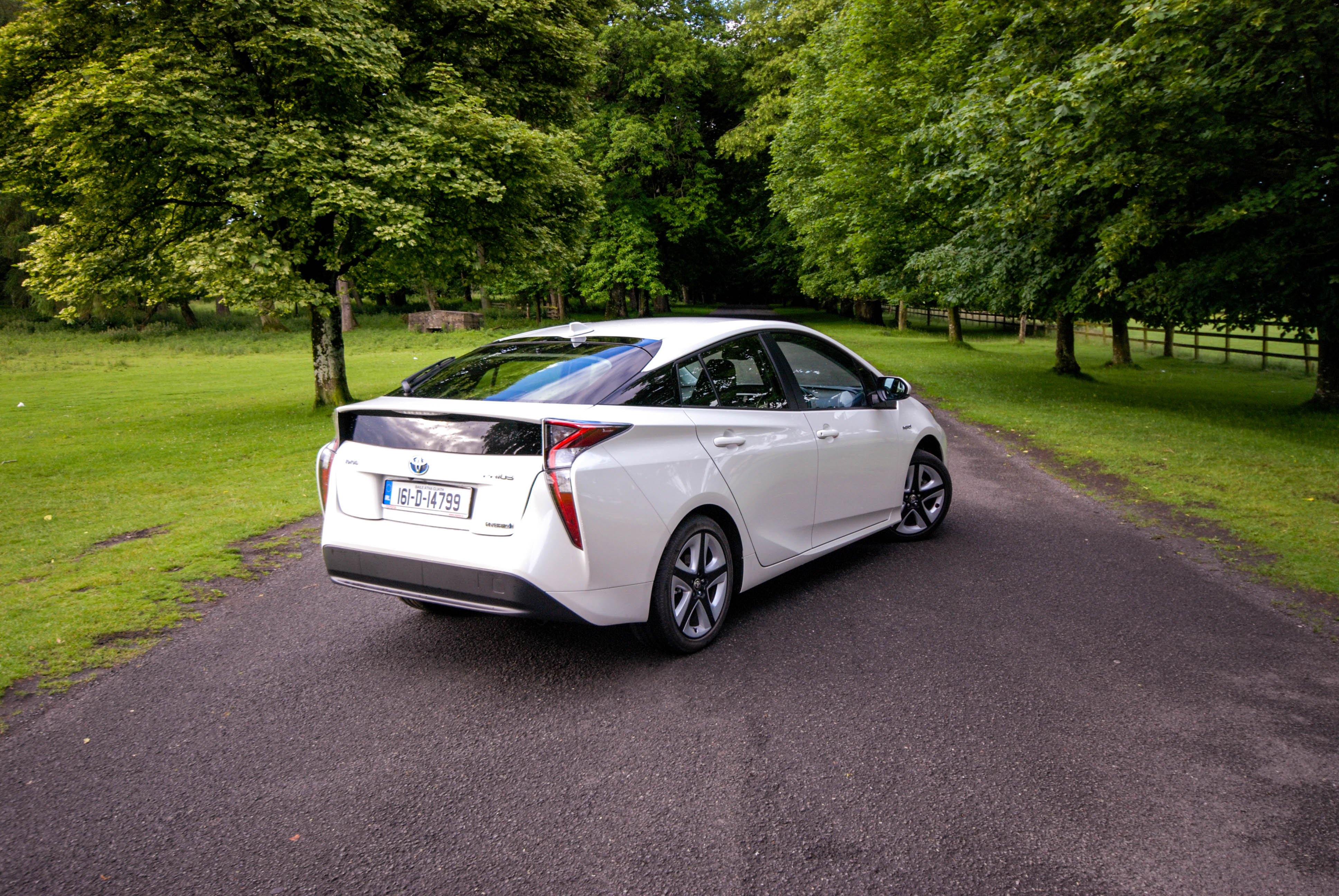

There is no denying that the days of the old fashioned petrol and especially diesel powered cars are just about numbered. The motor industry as a whole is investing heavily to develop new technologies which improve fuel economy and reduce the negative impact which their cars have on the environment. Toyota’s hybrid technology has for a number of years now been at the forefront of these advances. The original Prius was a revelation in 1997 and each successive version of the Toyota Prius has made significant advances in emissions, performance and fuel economy. Now Toyota claim that this all-new fourth generation model raises the bar even higher. Carbon dioxide emissions reach a new low of just 70g/km, with a claimed average fuel economy from 3.0 l/100km (73mpg). It’s a remarkable improvement compared to the already impressive figures of 89g/km and 3.9 l/100km which its predecessor achieved.
Changes to the hybrid powertrain were central to this achievement. With the development of Toyota’s 1.8-litre VVT-i Atkinson cycle petrol engine, they have managed to produce a record breaking 40 per cent thermal efficiency. The changes have reduced friction within the engine meaning that a greater amount of energy can be generated per drop of petrol. The new nickel-metal hydride (NiMH) battery is more compact and yet it delivers even better performance. With it being smaller it can be housed even easier and it is now located entirely beneath the rear seat so no compromise in terms of boot space is required.
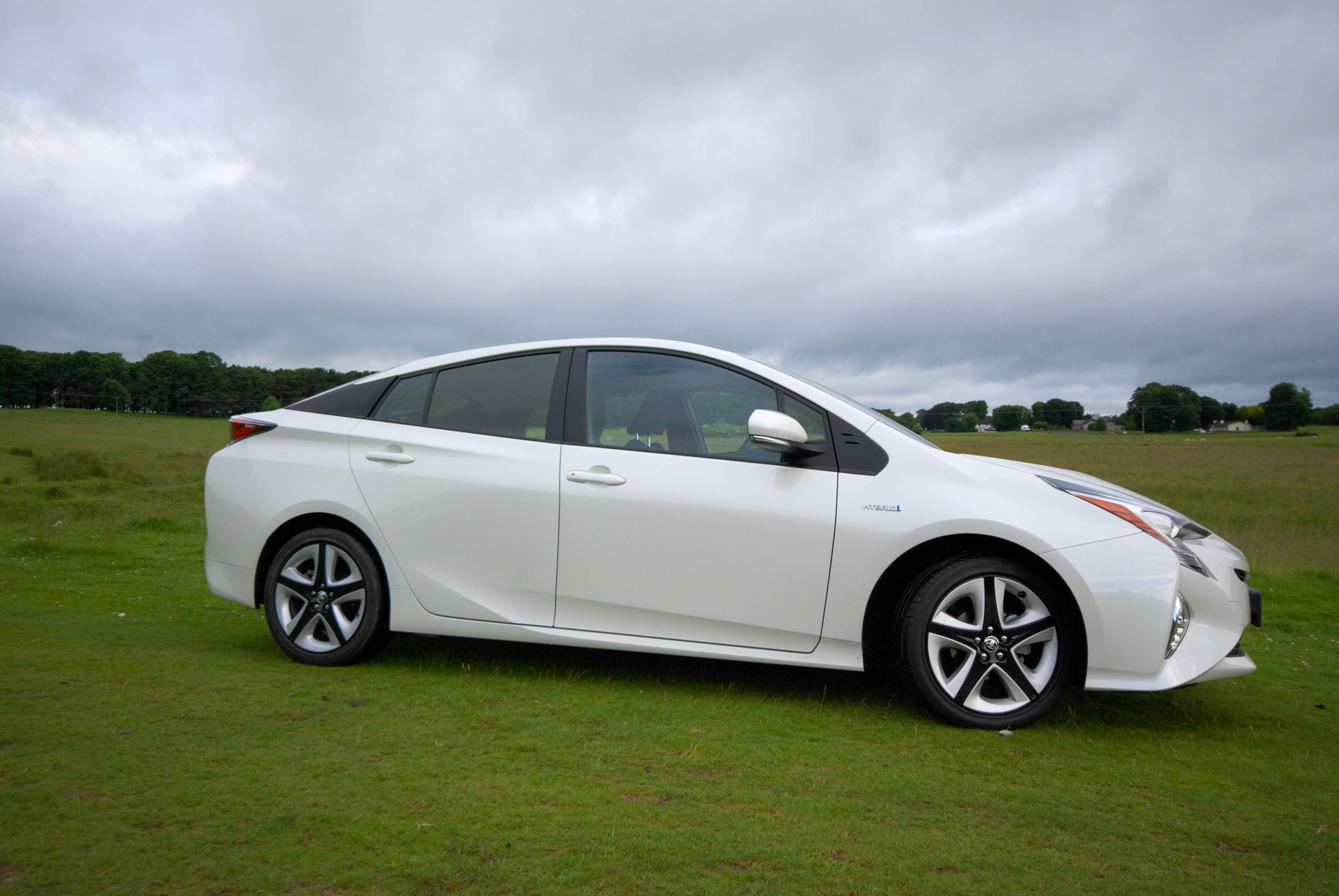

The new Prius is said to be capable of accelerating from 0 to 100km/h in 10.6 seconds. Motorway overtaking acceleration from 80 to 120km/h can be accomplished in just 8.3 seconds and the Prius’s top speed is 180 km/h. The new hybrid system’s output is 122 DIN hp/90kW, and the drivetrain now delivers its power in a more user-friendly manner. The new PCU (Power Control Unit) allows the system to draw more on its electric power, which means that acceleration will feel more natural with the engine-revs building up gradually as the car picks up speed.
While the design of this latest generation stays true to the cars heritage, it is undoubtedly a far better looking car. The front end is more aggressive and is framed by the curved LED headlights which extend down into the bumper. The bonnet features a pair of sharp creases which lead down towards the Toyota emblem – which is mounted lower than on previous models. It is fractionally longer and wider than the previous model yet it retains the same 2,700mm wheelbase. The new Prius is the first model to use a chassis based on Toyota New Global Architecture (TNGA). Known as the GA-C platform, this will also underpin other future models and will be joined by further platforms suitable for different vehicle applications, from compact sports cars to SUVs.
The aerodynamics of the new Prius also makes an important contribution to its impressive fuel and CO2 returns. The car’s lower, sleeker styling might be more eye-catching but at the same time it’s more aerodynamically efficient. Toyota has succeeded in further improving the coefficient of drag (Cd) from 0.25 on the current model to 0.24. Both the bodywork and the under-floor area benefit from detailed elements that help smooth the flow of air over, under and away from the vehicle, reducing fuel consumption.
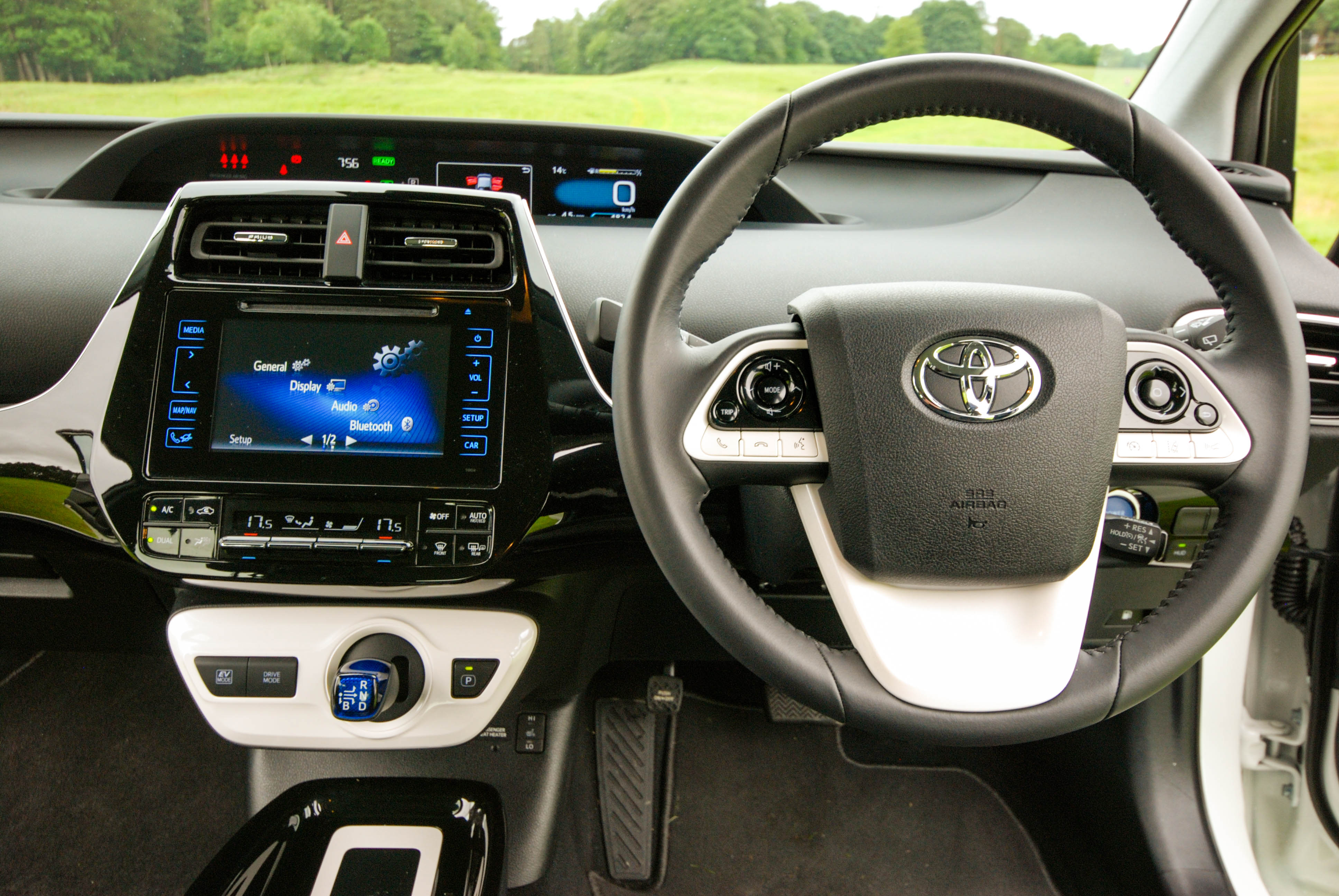

The new TNGA platform has led to a reduction in the height of the top lip of the bonnet; which allows more light into the cabin, making it a pleasant, bright and airy environment. The feeling of spaciousness is further emphasised by increases in front and rear head room along with the thinner door frames. Toyota has also taken a more minimalist approach with the design of the Prius’ cabin. The result means there are fewer buttons and switches on the dash than there was in previous versions. The instrument panel is again location in the centre of the dash, and is intuitive, easy to access and use. The distinctive, short gear lever is again located on the centre console, while the parking brake is again operated with your foot. It takes a bit of getting used to but the space-saving benefits are clear to see. There are too many hard plastic materials on display but overall the cabin of the Prius has a nice, futuristic feel to it; which is quite fitting considering the ground breaking technology that drives it.
The driving dynamics of the previous Prius models were never much to write home about, however it’s clear that in this latest version Toyota has made a serious effort to address its short comings. The focus on better efficiency has been matched by Toyota’s commitment to achieving better dynamic performance, making the new Prius a more rewarding car to drive. The GA-C platform, has allowed Toyota to lower the cars centre of gravity; which naturally contributes to more dynamic handling. Through the utilising of new welding techniques and the use of strong, high-tensile strength steel Toyota has also engineered a more rigid body-shell, making for a 60% improvement on the current model. The rear suspension set up now utilises double wishbone set up; making for improved handling and comfort for rear passengers by reducing body roll and increasing stability. The improvement is quite remarkable and it is noticeable when driving on motorways and on twisting rural routes.
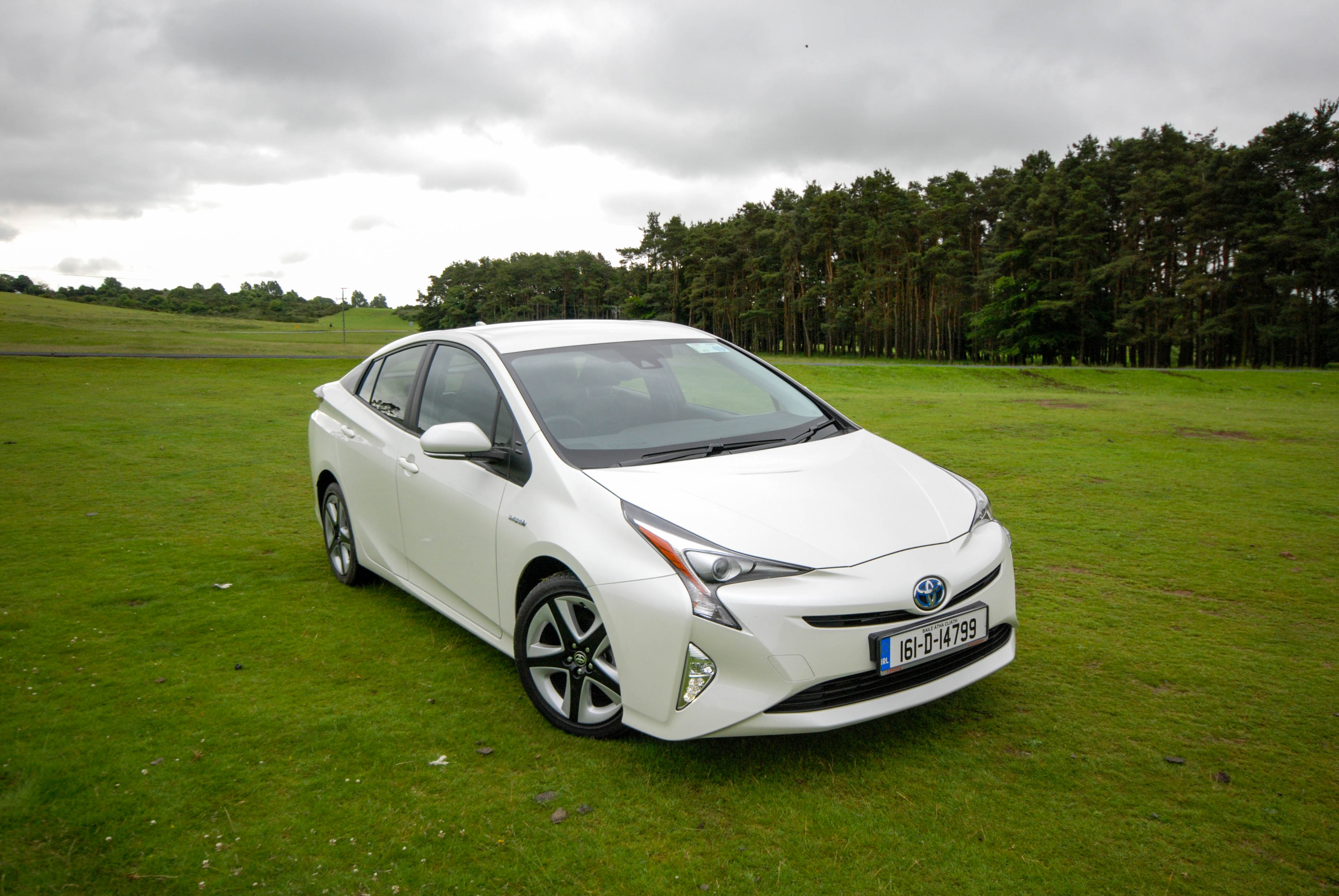

It was by pure chance that around the time I was testing the Prius, I had just spent three successive weeks putting three different hybrid cars through their paces. Two of which were plug-in hybrid models (Volvo XC90 T8 and the Golf GTE) while the Prius and its Rav4 Hybrid sibling don’t require an auxiliary power source. In fairness each of the four hybrid cars are not directly comparable and while I couldn’t compare one to another; the Prius did stand out because of its exceptional fuel returns. This latest model is not only a better looking and more enjoyable car to drive than its predecessors were, but it also showcases some really impressive powertrain technology. I think that if most people genuinely sat down and examined exactly what they require from their family car, then the Toyota Prius would give just about any other car in its class a serious run for their money. The Prius is no longer just the car for those who hate cars!





